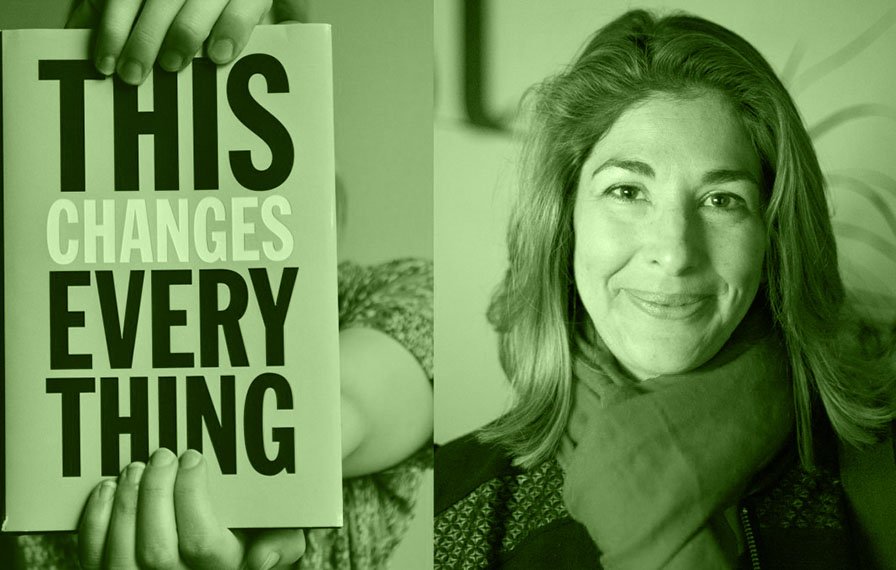
Which is surely the best argument there has ever been for changing those rules.” On the green left, many share Klein’s sentiments. “There is still time to avoid catastrophic warming,” she contends, “but not within the rules of capitalism as they are currently constructed.

To call “This Changes Everything” environmental is to limit Klein’s considerable agenda. In each book she arrives at some semihopeful place, where activists are reaffirming embattled civic values. Her strategy is to take a scourge - brand-driven hyperconsumption, corporate exploitation of disaster-struck communities, or “the fiction of perpetual growth on a finite planet” - trace its origins, then chart a course of liberation. Klein’s fans will recognize her method from her prior books, “No Logo: Taking Aim at the Brand Bullies” (1999) and “The Shock Doctrine: The Rise of Disaster Capitalism” (2007), which, with her latest, form an antiglobalization trilogy. the Climate” is a book of such ambition and consequence that it is almost unreviewable. How can we rouse citizens and governments to act for concerted change? Will it take, as Naomi Klein insists, nothing less than a Marshall Plan for Earth? The nuclear threat had a volatile urgency and visual clarity that the sprawling, hydra-headed menace of today’s climate calamity cannot match. The threat he warned of was not climate chaos - barely a blip on anybody’s radar at the time - but the hydrogen bomb. “Every inhabitant of this planet must contemplate the day when this planet may no longer be habitable.” Thus spoke President Kennedy in a 1961 address to the United Nations.


 0 kommentar(er)
0 kommentar(er)
